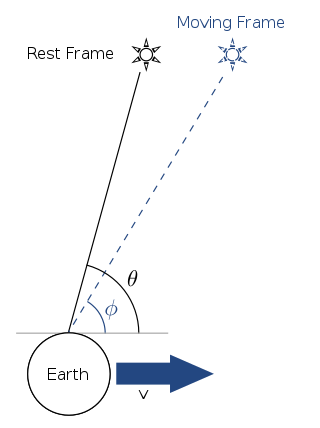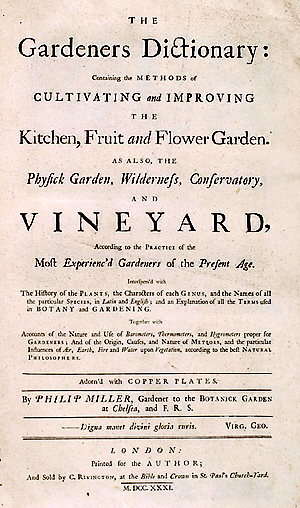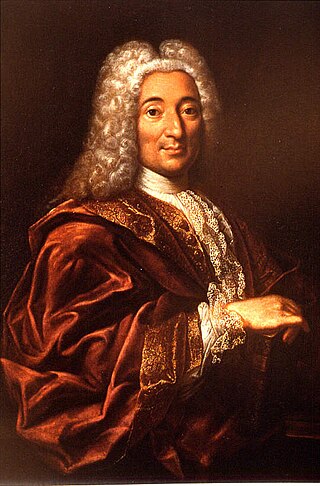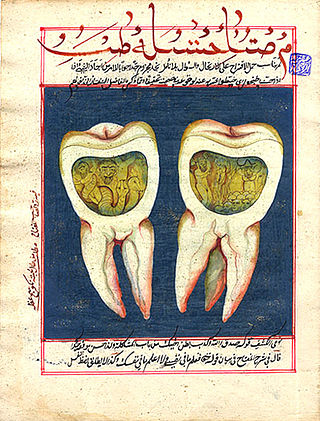Related Research Articles

Dentistry, also known as dental medicine and oral medicine, is the branch of medicine focused on the teeth, gums, and mouth. It consists of the study, diagnosis, prevention, management, and treatment of diseases, disorders, and conditions of the mouth, most commonly focused on dentition as well as the oral mucosa. Dentistry may also encompass other aspects of the craniofacial complex including the temporomandibular joint. The practitioner is called a dentist.

1728 (MDCCXXVIII) was a leap year starting on Thursday of the Gregorian calendar and a leap year starting on Monday of the Julian calendar, the 1728th year of the Common Era (CE) and Anno Domini (AD) designations, the 728th year of the 2nd millennium, the 28th year of the 18th century, and the 9th year of the 1720s decade. As of the start of 1728, the Gregorian calendar was 11 days ahead of the Julian calendar, which remained in localized use until 1923.

1799 (MDCCXCIX) was a common year starting on Tuesday of the Gregorian calendar and a common year starting on Saturday of the Julian calendar, the 1799th year of the Common Era (CE) and Anno Domini (AD) designations, the 799th year of the 2nd millennium, the 99th year of the 18th century, and the 10th and last year of the 1790s decade. As of the start of 1799, the Gregorian calendar was 11 days ahead of the Julian calendar, which remained in localized use until 1923.

John Bartram was an American botanist, horticulturist, and explorer, based in Philadelphia, Pennsylvania, for most of his career. Swedish botanist and taxonomist Carl Linnaeus said he was the "greatest natural botanist in the world." Bartram corresponded with and shared North American plants and seeds with a variety of scientists in England and Europe.

Philip Miller FRS was an English botanist and gardener of Scottish descent. Miller was chief gardener at the Chelsea Physic Garden for nearly 50 years from 1722, and wrote the highly popular The Gardeners Dictionary.
The year 1787 in science and technology involved some significant events.
The year 1831 in science and technology involved some significant events, listed below.
The year 1725 in science and technology involved some significant events.
The year 1797 in science and technology involved some significant events.
The year 1786 in science and technology involved some significant events.
The year 1761 in science and technology involved some significant events, listed below.
The year 1748 in science and technology involved some significant events.

The New York University College of Dentistry is the dentistry school of New York University. As the 3rd oldest dentistry school in the United States, it offers both graduate programs and clinical training in oral healthcare.

Pierre Fauchard was a French physician, credited as being the "father of modern dentistry". He is widely known for writing the first complete scientific description of dentistry, Le Chirurgien Dentiste, published in 1728. The book described basic oral anatomy and function, signs and symptoms of oral pathology, operative methods for removing decay and restoring teeth, periodontal disease (pyorrhea), orthodontics, replacement of missing teeth, and tooth transplantation.

The University of Angers is a public university in western France, with campuses in Angers, Cholet, and Saumur.

Jane Colden was an American botanist, described as the "first botanist of her sex in her country" by Asa Gray in 1843. Although not acknowledged in contemporary botanical publications, she wrote a number of letters resulting in botanist John Ellis writing to Carl Linnaeus of her work applying the Linnaean system of plant identification to American flora, for which botanist Peter Collinson stated "she deserves to be celebrated". Contemporary scholarship maintains that she was the first female botanist working in America, which ignores, among others, Maria Sibylla Merian or Catherine Jérémie. Colden was respected as a botanist by many prominent botanists including John Bartram, Peter Collinson, Alexander Garden, and Carl Linnaeus. Colden is most famous for her untitled manuscript, housed in the British Museum, in which she describes the flora of the Hudson Valley in the Newburgh region of New York state, including ink drawings of 340 different species.
Lilian Lindsay, CBE, FSA was a dentist, dental historian, librarian and author who became the first qualified female dentist in Britain and the first female president of the British Dental Association.

The idea of a tooth worm is a theory of the cause of dental caries, periodontitis and toothaches. Once widespread, the belief is now obsolete, having been superseded by more scientific rationales. It was supposed that the disease was caused by small worms resident within the tooth, eating it away.

Horace Henry Hayden D.D.S. was the first licensed American dentist and dentistry school founder.
The Pierre Fauchard Academy is a volunteer-run, non-profit dental organization that was founded by Dr. Elmer S. Best, a dentist from Minnesota in 1936. The objective is the independence from commercial interests in dental research and its publications. Dr. Best endeavored to raise the professional standards. The Academy is named after Pierre Fauchard (1678-1761), a French dentist who is considered the "Father of modern dentistry". Fauchard wrote a book entitled Le Chirurgien dentiste, ou Traité des dents, the first dental textbook of modern times.
References
- 1 2 Delambre, J. B. (1827). Histoire de l'astronomie au dix-huitième siècle. Paris: Bachelier.
- ↑ Spielman, Andrew I. (October 2007). "The Birth of the Most Important 18th Century Dental Text: Pierre Fauchard's Le Chirurgien Dentist". Journal of Dental Research . 86 (10): 922–926. doi:10.1177/154405910708601004. PMID 17890667.